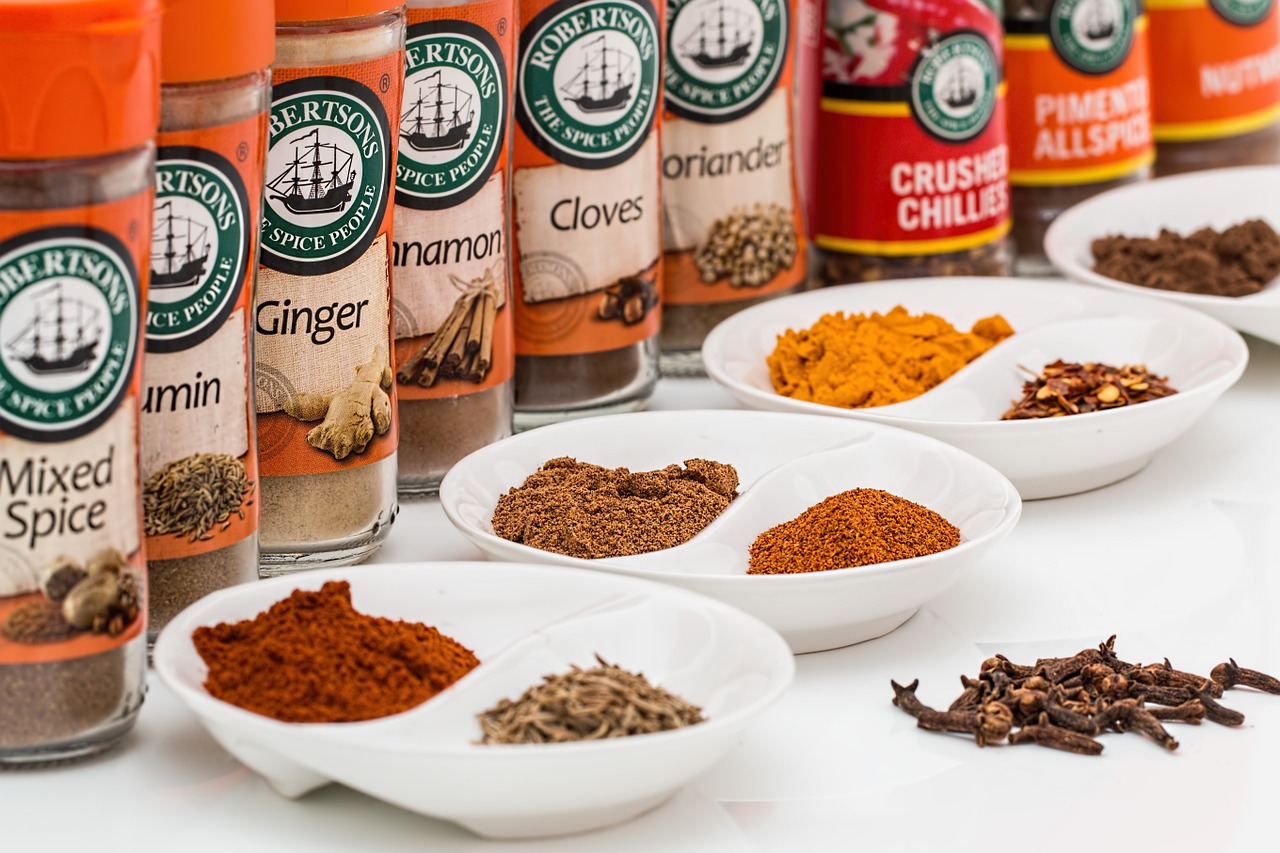Rating of the most beautiful cacti for an apartment for 2025
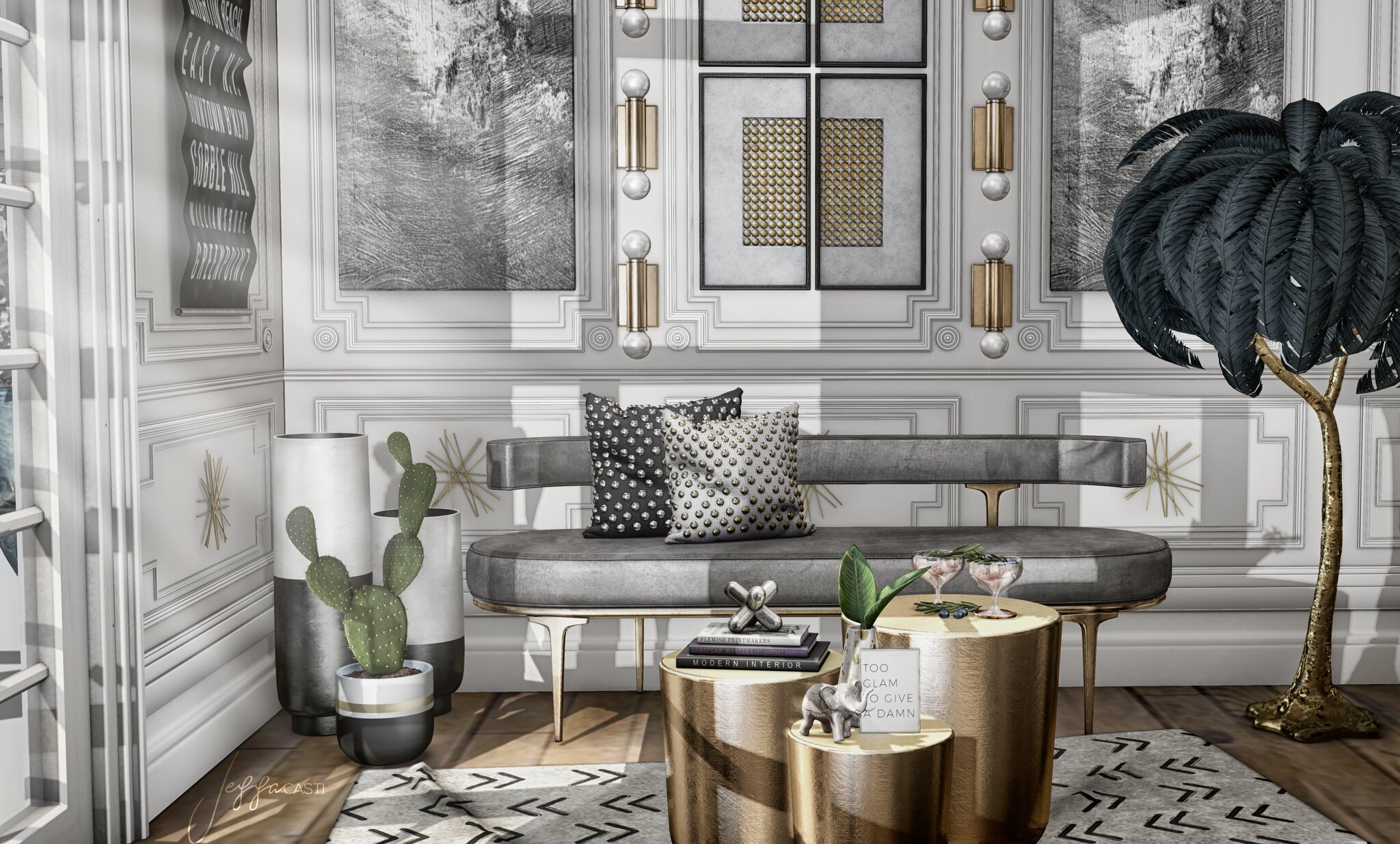
cacti. By the beginning of the 21st millennium, it became fashionable to breed these types of succulents in the house. They are often found not only in cottages, but also in urban living rooms, "green hedgehogs" look great in any design. Let's try to figure out which of the representatives of this family are, and what are the features of caring for them, and also talk about the most beautiful cacti for indoor cultivation.
Content [Hide]
The role of cacti in the interior
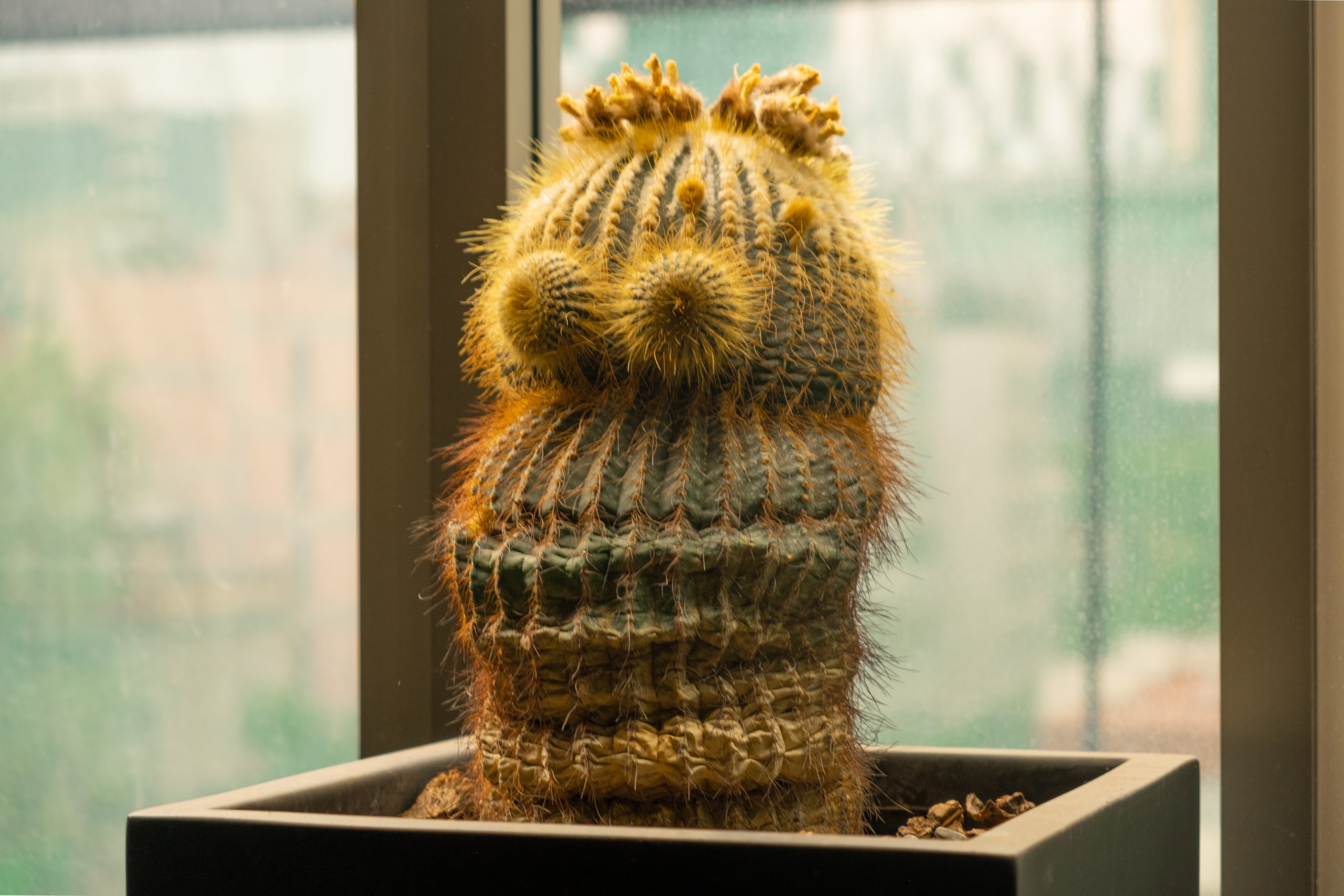
The main advantage of this representative of the order of succulents was the peculiarity of watering and unpretentiousness, unlike deciduous counterparts:
- a special structure allows you to accumulate water in reserve;
- they feel great in the arid climate of large cities;
- cacti absorb carbon dioxide, like all representatives of the order of succulents, thorns perfectly clean the environment;
- but the main thing is that they please the owners for a long time with their flowers of various shades and are able to give aesthetic pleasure.
The plant will actually complement the design of the existing interior.
- A neat planter with a lushly flowering trichocereus should be placed directly in the corridor on the balcony or veranda.
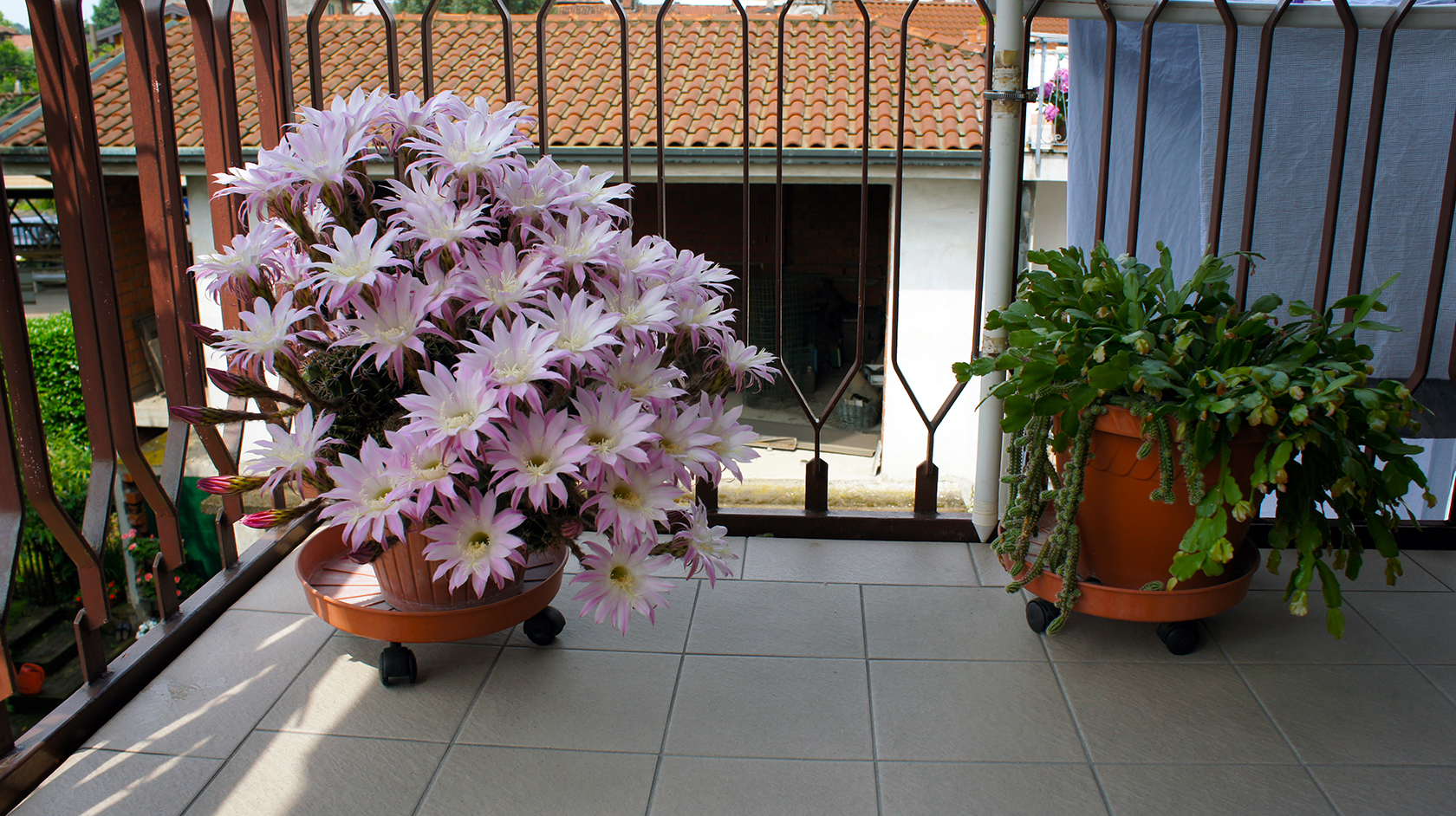
- A row of flowerpots with plants will look good in a room with a little furniture. It will also allow you to zone the space.
- For a room with high ceilings, it is good to choose a flower of larger dimensions resembling a fairy-tale tree. Such decoration will look appropriate in the corner. This is a great option for rooms decorated in an exotic style.
- A special atmosphere in a small room will be created by small or very miniature succulents, which are nice to place in a common cup, as well as put the pots in a slide.
- It is good to distribute one vase with dwarf representatives along the steps of the stairs, decorating the corners with larger specimens.
- An excellent solution would be a composition of different types, but similar in color.
It is noteworthy that cacti are combined with other representatives of the flora. They will look best with close relatives of succulents.
Variety and diversity
Green pets are classified according to several characteristics. The following forms are distinguished.
- Rounded.
- Flattened.
- Able to bloom.
- Thornless.
- oblong and so on.
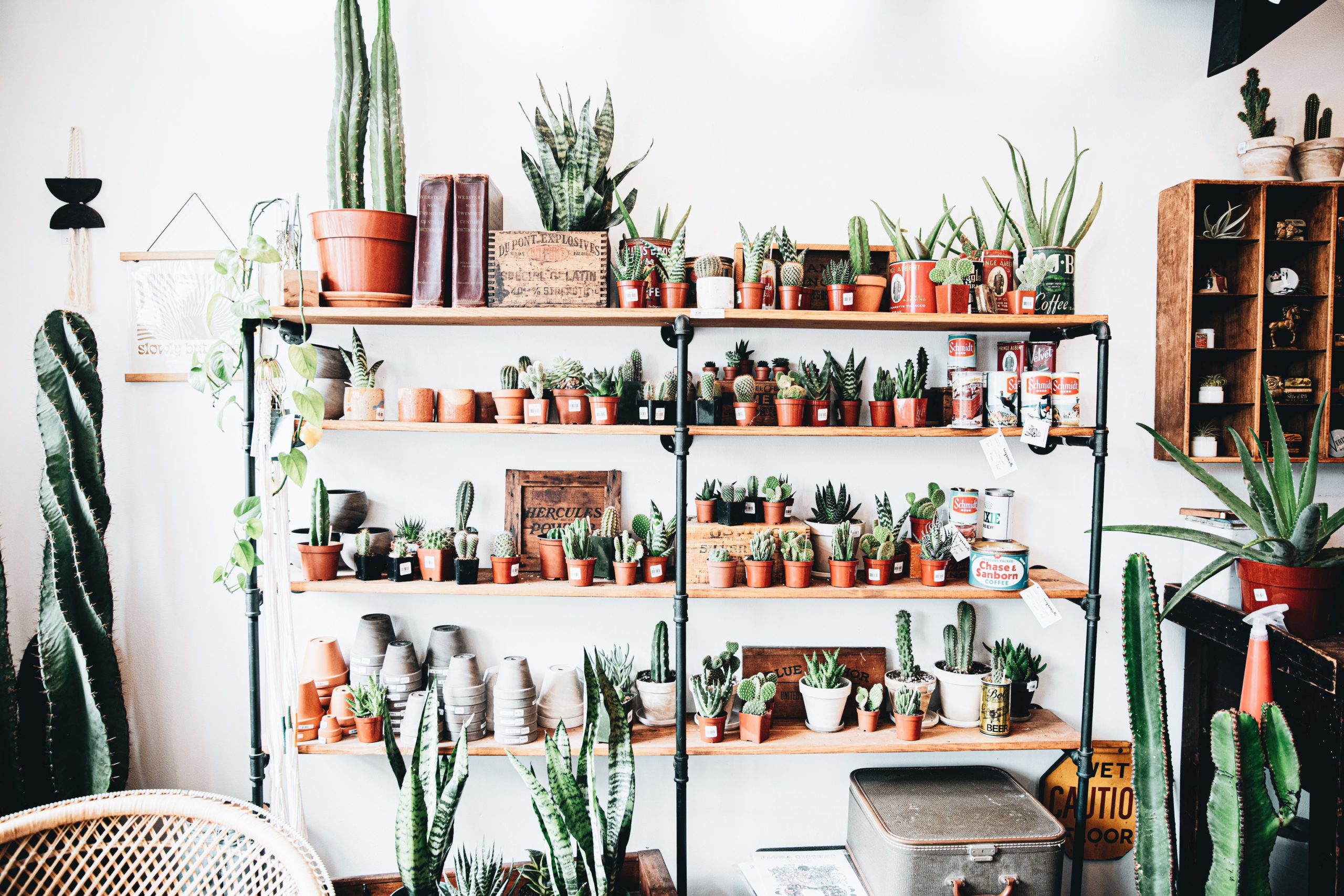
However, not only beautiful abundant flowering deserves attention:
- special drawing;
- unusual shape of the base;
- interesting spines, are soft or hard;
- rare survivability even under extreme conditions.
Considering only external data, the following types can be distinguished.
- Shrub-like. Characterized by long and creeping shoots with little or no spines. They have a large root system.
- Herbaceous. There are species with flattened, slightly rounded stems and mild needles.
- Tree-like. They are considered the largest representatives of the family, they are distinguished by a straight trunk with lateral branches. These include the cereus, which sometimes reaches 30 meters. An excellent choice for creating alpine slides and spacious bright apartments.
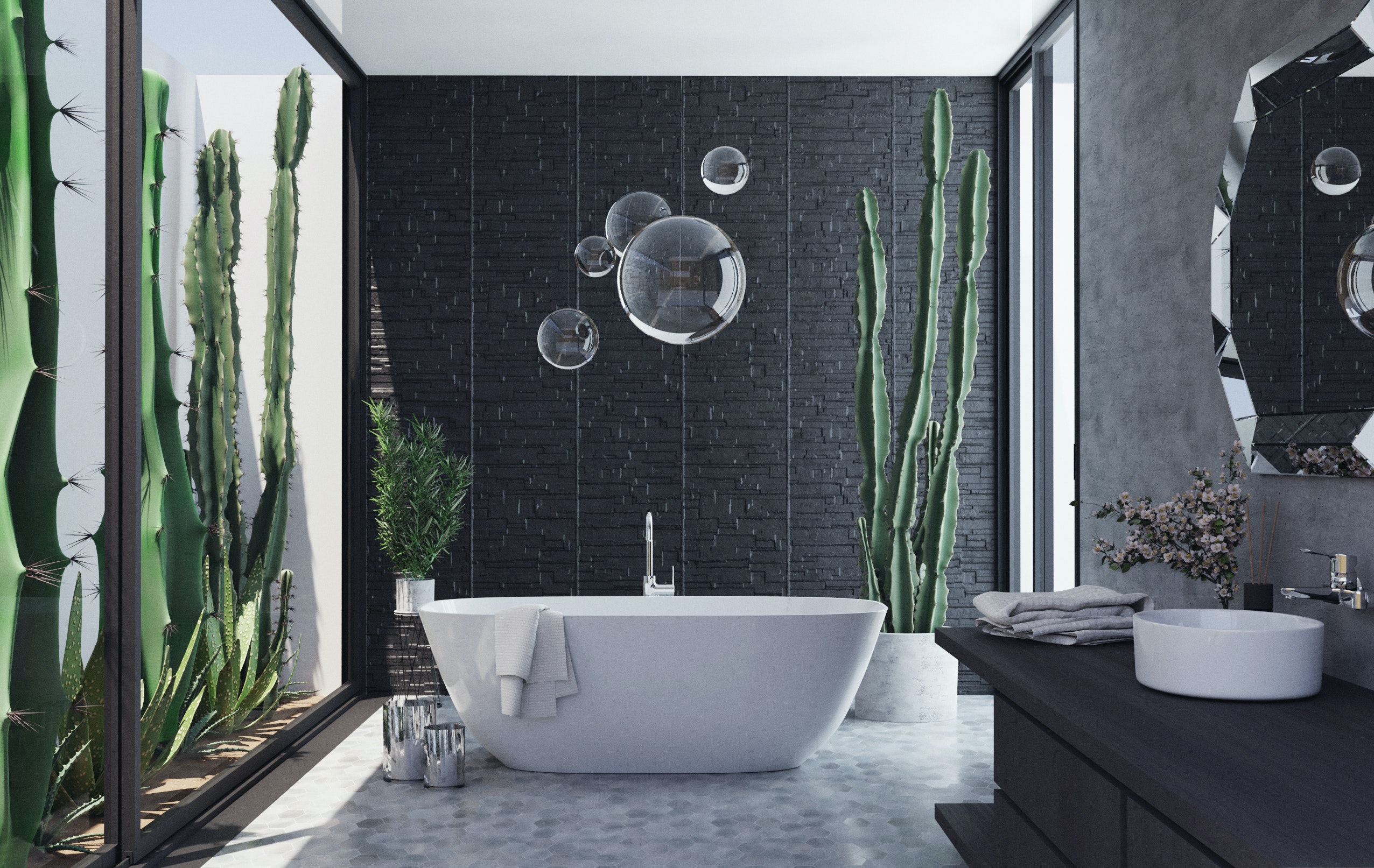
- Reminiscent of creepers. The main advantage of such succulents is soft, flexible shoots. These specimens also include the queen of the night (Selenicereus). She clings to the nearest supports with the help of aerial roots.
How to choose the best plant for your home
For those who decide to decorate their home with green prickly pets, you need to know that:
- Before deciding to purchase, it is worth remembering, first of all, that this is a prickly culture. Sharp spikes can injure a child or pet.For example, slightly visible villi of prickly pear crumble at the slightest touch and are not easily removed from the skin. And some varieties of exotic succulents are poisonous.
- Carefully learn how to properly grow the desired green spines. With the wrong care, the pet may not live up to expectations.
- The store pot should not be filled with damp soil. In this case, it will not be possible to simply shake off and examine the rhizomes. If they are deformed or diseased, this is a good reason to refuse the purchase.
- Take your time, take a closer look at the flower. A full-fledged plant should be with a dense stem. In this case, it will not require special care and, if watering suddenly stops, it will simply freeze until a better time. The presence of broken spines or unsightly pigmentation are signs of the disease.
- Avoid copies in small containers. A miniature root system is a consequence of frequent transplants, which means non-viability or disease.
- In the event that the "green hedgehog" is planned purely for decorative purposes, it is better to choose a non-fast-growing option.
- When something is blooming in the idea, you should pay attention to a copy that already has swollen buds. But buying succulents with a scattering of buds is also not worth it. Such intensive growth can be caused artificially, because of which the flower wastes vital resources and can simply get sick or die.
- When purchasing a shoot, take a closer look at the parent stem, if possible, it should be healthy.
Tips for keeping a flowering pet
Although the thorns are very unpretentious, even they need proper care, especially if they periodically delight with lush buds.Good handling increases vitality and also improves the appearance of the cactus. 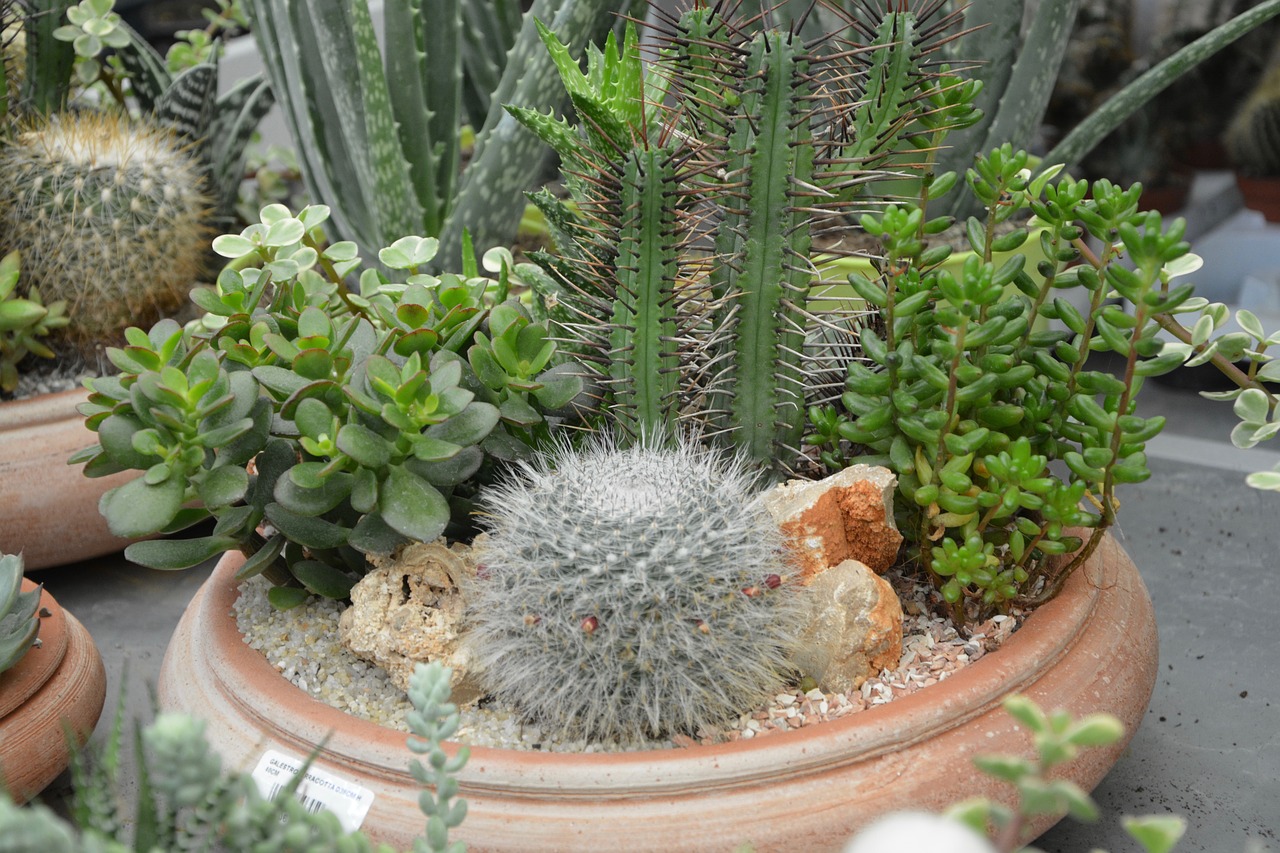
- Do not abuse transplants, in particular, during the active period. And even when there is a feeling that the pet is too crowded, you should not rush to change the flowerpot. By disturbing the flower, you can interrupt the formation of the bud, and also create a stressful situation for the cactus, perhaps not even for one year.
- Eliminate fertilizer at the time of bud formation. It is better to avoid any top dressing, this can interfere with the process.
- Flowering specimens should not be moved from place to place. A green pet is not immediately ready to bloom, it takes time and space on the stem. Movement at this moment can harm the unformed bud and the succulent itself.
- It is better not to change the level of light. Any plants react sharply to even the slightest amendments in this area. And the phase of inflorescence formation is not at all the best time for experiments. The distribution of light must be uniform.
- Moderate watering. For a flowering cactus, the correct and timely access of moisture plays an important role. However, the liquid should be at room temperature; in general, it is good to conduct a session once every 3-5 days.
- Access to oxygen. During the bud formation stage and beyond, fresh air must be provided. The absence of the latter often affects how much the succulent blooms.
What is sick and what to do about it
Various fungal, bacterial and viral infections can provoke infection. Many are quite difficult to heal and need careful daily routine. More common among diseases are found.
- Root rot. As a rule, this is the result of a cold wintering, as well as too intensive watering. The cause of the appearance is often a fungus or bacterium.When the rhizome decomposes, the affected lashes should be removed immediately. The resulting wounds are sprinkled with sulfur or activated charcoal. And the contaminated land is completely replaced with fresh, with the addition of granular sand.
- If cracks appear on the very base, they are certainly removed with a sharp knife and the wound is disinfected.
- Spotting is the result of regular drafts and high humidity. At the same time, a rusty crust appears on the body of succulents. It can also be a consequence of a thermal burn. If nothing is done, pigmentation will grow, reflecting badly on the image of the pet itself. Spraying with a fungicide will help to cope with this. It makes no sense to trim hardened crusts.
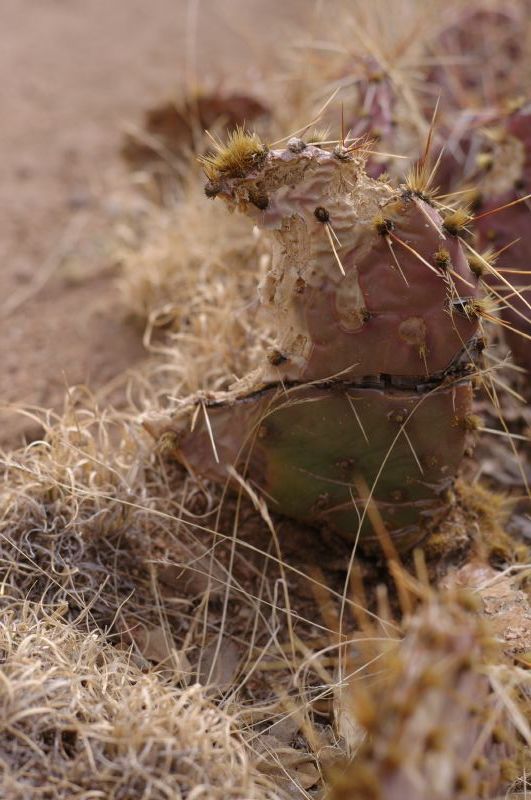
Meanwhile, the signs of the disease are sometimes difficult to see with the naked eye and prevent in time. Accordingly, it is much easier to regularly carry out prevention, attention should be paid to the flowers growing in the composition. To help prevent infection:
- avoidance of frequent drafts;
- use of room temperature water for irrigation;
- timely treatment of wounds with crushed coal or sulfur after budding or pruning;
- avoiding regular exposure to direct sunlight;
- do not neglect the climatic conditions in winter.
Rating of popular indoor species
Echinocactus Gruson or golden barrel
votes 0
One of the most common variant among flower growers, it resembles a ball in shape. The perennial has ribs abundantly covered with yellow spines, needles grow in bunches from 30 to 50 mm. In the shape of the body, the flower resembles a hedgehog, which is why it is often called a hedgehog. The top of the pet seems fluffy, although in reality it is still soft spines.However, when the specimen grows up, it becomes more like a barrel. Needles of bright colors give out artificial origin. And although the spikes return to their natural appearance as they grow, the use of chemical dyes can lead to disease and death.
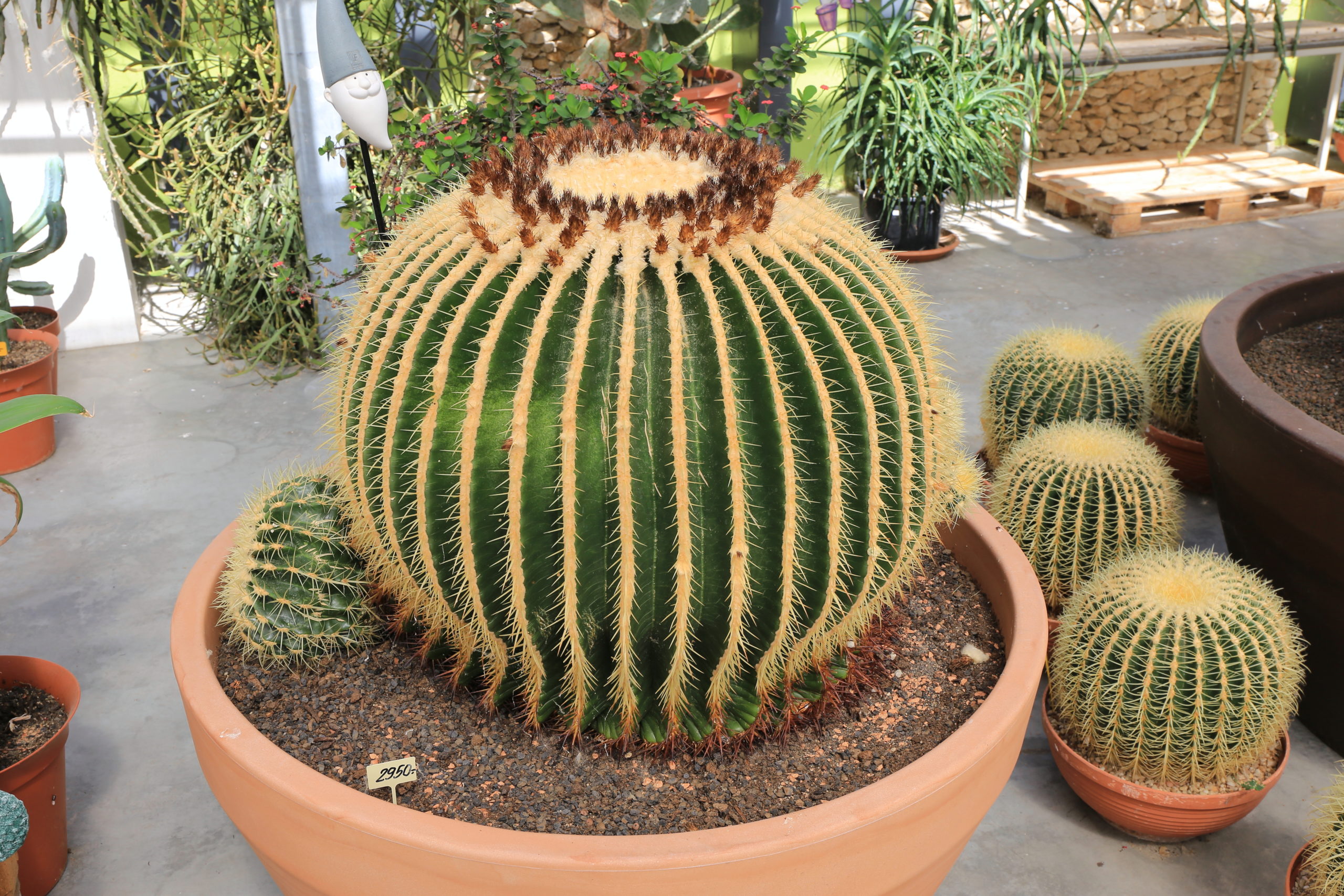
- Spectacular;
- big and strong;
- does without frequent watering;
- does not require special soil.
- With age, the needles thicken and ossify;
- hard to tolerate a transplant;
- flowers are formed only after 20 years.
Echinopsis
votes 0
It is a dense base with clear ribs, along the crest of which are fluffy halos with small even or crooked needles. The body of a prickly pet varies from a delicate green to a rich shade and can be both matte and glossy. Echinopsis has strong roots that are often located close to the soil surface. Depending on how many years it grows, the spherical stem becomes elongated and begins to bend towards the ground. In spring, the representative of succulents is covered with fluffy buds, which pleases the owner with large funnel-shaped flowers. There are plants that have a delicate aroma.
- Blooms beautifully;
- does not require special conditions;
- in bad times falls into hibernation;
- reproduction is carried out both by children and seeds;
- differs in lush inflorescences for as long as 6 months.
- Rarely forms lateral processes;
- the need for bright lighting;
- grows very slowly.
Mammillaria
votes 0
A cute prickly ball, more like pellets of white villi, cobwebs or a ball of winter fluff, which gave it another popular name - snow cactus.Mammillaria has a dense trunk, strewn with small papillae and many thin spines that look like hairs. There are medium and small sizes of round or cylindrical shape. This species is recognized as the most evolutionarily advanced and quickly adapts to any conditions. This specimen goes well with other succulents and can be a real decoration of the interior.
- Photophilous;
- often blooms;
- easy to propagate using shoots;
- unpretentious;
- well perceive spraying;
- can be planted in a special mixture for succulents;
- may hibernate in winter.
- Young individuals require frequent transplantation.
Gymnocalycium
votes 0
A small species with unusually long strong roots, while the variant itself looks like a small flattened ball. The specimen grows up to 15 cm in volume and 70-80 mm in height. It has poorly defined ribs along the body of about 12 - 32 pieces. The needles grow in bunches surrounded by barely visible silvery villi. This type will look perfect on both a bedside table and a coffee table. Unusual options with bright colors are of artificial origin.
- Relates well to direct lighting;
- for transplanting, you can use the finished mixture or make it yourself;
- loves shade;
- cold-resistant;
- prefers evening watering;
- may bloom white, yellow, orange or red.
- Does not like an abundance of moisture;
- needs a stock;
- reproduces only by grafting.
Lobivia
votes 0
The most popular among flower growers, it does not stand out for its large growth and is considered a classic look. In its shape, it resembles a ball, unobtrusively fitting into the design of any apartment. The shade of the main body can vary from dark green to gray.Representatives of the species have rounded or sharp ribs. Lobivia practically do not release twigs, however, such disadvantages are compensated by numerous basal processes. This type of thorn is relevant in rooms furnished in a minimalist style, promoting a minimum of furniture and a maximum of light.
- Pretty compact;
- beautiful bright flowers;
- prefers frequent watering;
- unpretentious;
- propagated by seeds or seedlings;
- many different shades.
- No.
Rebutia
votes 0
This miniature genus of cactus is distinguished by the number of inflorescences growing directly from the root zone. It has a spherical shape and a fleshy dark stem with an abundance of needles, the length of the latter depends on the variety. The green pet has slightly noticeable spiral ribs. The thorn opens after 2 years, with bright buds of medium size 2.5-3 cm.
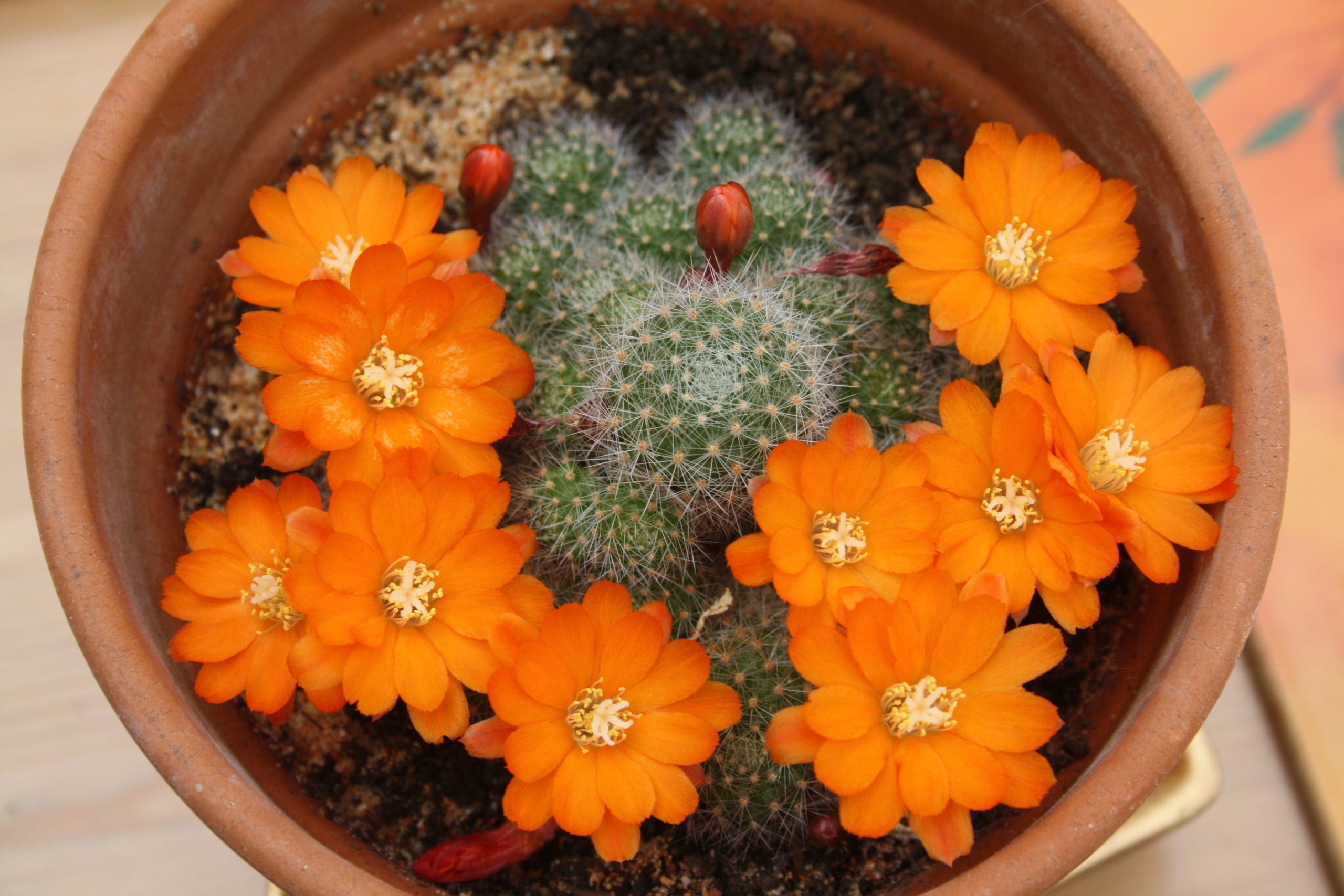
- Inflorescences can have different shades, except for blue;
- pleases the eye for quite a long time, almost 2 days;
- It does not require special care;
- blooms very beautifully;
- many children;
- tolerates dry well;
- miniature.
- Slow growth.
Prickly pear
votes 0
This representative can already be considered a home classic. The attention of flower growers is attracted by a non-standard flat stem, consisting of teardrop-shaped segments. Culture has many options, differing in their shades and needles. Most often on the windowsill you can find:
- Berger's flower - does not grow more than 1 meter, is distinguished by a large number of shoots of a light green hue and yellow spines. Blooms scarlet or orange.
- White - so called because of the characteristic long and dense white bristles. It is notable for its voluminous yellow inflorescences.
- Fine-haired - has very thin, more like hair-like spines. However, the appearance is deceptive and, upon contact, very painful wounds remain on the skin.
- Monacantha variegata - stands out for its bizarre shape and is more like one of the inhabitants of the sea.
- Brazilian prickly pear - capable of growing up to 20 meters, so adults are more common in large premises, offices or shopping centers. It is distinguished by a dark green color and long sparse needles.
- Prickly pear can reach 30 cm;
- unpretentious;
- hibernates for the winter;
- photophilous;
- tolerates direct rays well.
- If water gets on the stem, it dies;
- you can not turn over the prickly pear with buds.
TOP of the most unusual specimens for the home
Euphorbia cristata
votes 0
An indispensable companion of the cowboy western and the main feature of the Mexican prairies. Volumetric, similar to coral, it will enliven both the ordinary design of the living room, and the large hall of the shopping center or office reception. There are 2 subspecies.
- Normal, capable of growing on its roots.
- Cristata F. Variegata, which needs a rootstock.
Most often, a more viable variety of milkweed, which has a rich dark color, is used for this. This fact only emphasizes the bright huge crest of milky white or pale green. But special grace is given to the succulent by peculiar soft spikes framing the protruding part of pale pink or bright red.
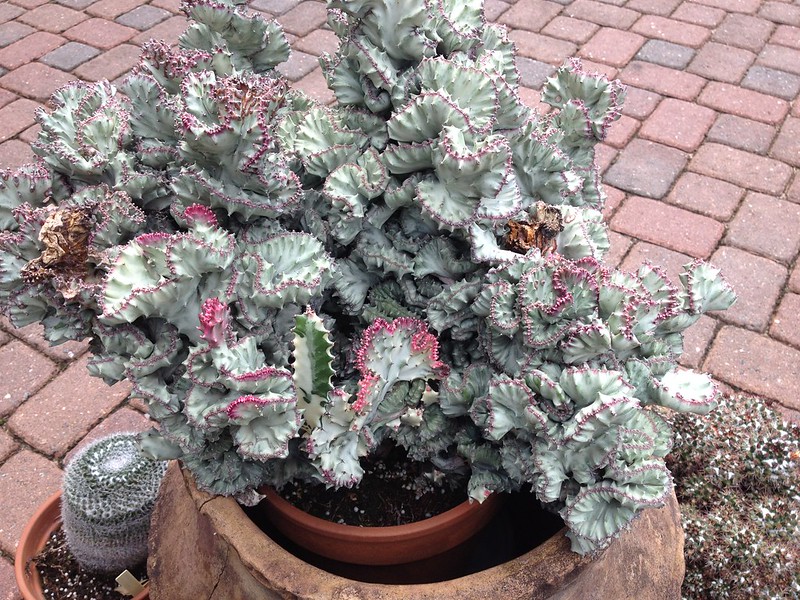
- Requires moderate watering;
- does not need special care;
- looks unusual;
- propagated by cuttings.
- Does not tolerate dryness;
- seeds are difficult to obtain;
- should be protected from direct rays;
- little studied.
Cephalocereus
votes 0
It is also known as senile, as it has a rounded stem, wrapped in silvery hairs 10 - 12 cm long, which makes it look like a gray-haired grandfather. The culture is long-lived, and with proper care, it can serve as a real decoration for your home for more than one year.
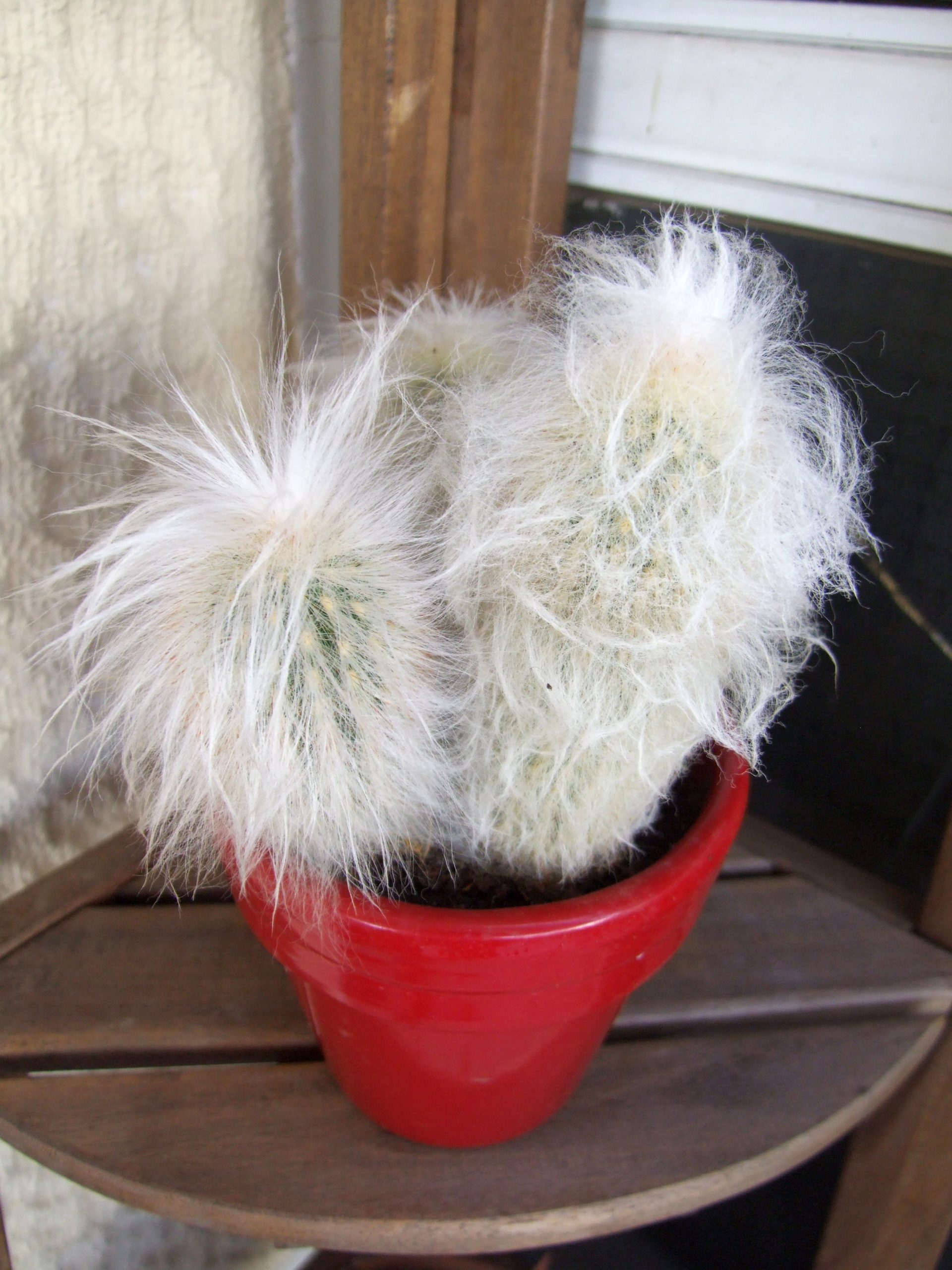
- Looks good in composition with other succulents;
- does not need abundant watering;
- propagated by seeds, which can be bought in a specialized online store;
- adapts to any conditions;
- does not require spraying;
- not afraid of the cold.
- Needs special care for "hair";
- photophilous;
- does not tolerate dryness in the room;
- high risk of spider mite damage.
Astrophytum speckled
votes 0
This species has a cylindrical or spherical shape and looks like a starfish. Its main difference was a special coloration in the form of light dots, similar to splashes, located throughout the body. In fact, these are small fleecy spines that serve as lungs for the flower.
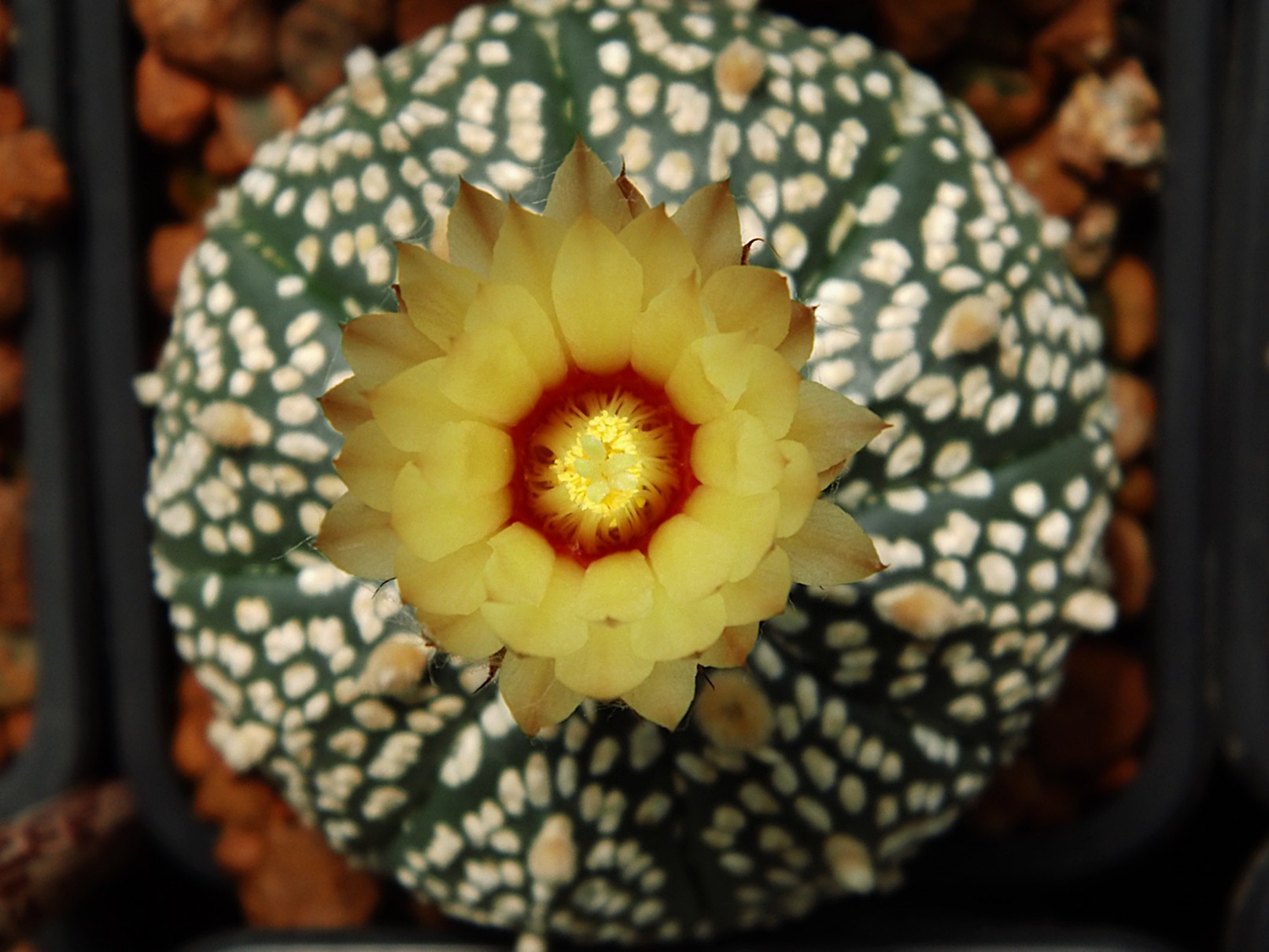
- Not tall;
- tolerates sub-zero temperatures;
- has a peculiar shape;
- picky;
- easy to grow;
- beautiful, like satin flowers (sometimes double);
- the shade of the stem itself is not only green, but also gray.
- Rarely sprouts;
- photophilous;
- does not tolerate waterlogging.
Blossfeldia tiny
votes 1
It is considered the smallest representative, the new individual of which emerges from the depression, in the center of an already adult specimen, forming a plant of a very unusual shape. The green pet has a spherical, sometimes flattened trunk from 1 to 3 cm. The top of the cactus is covered with fluff.
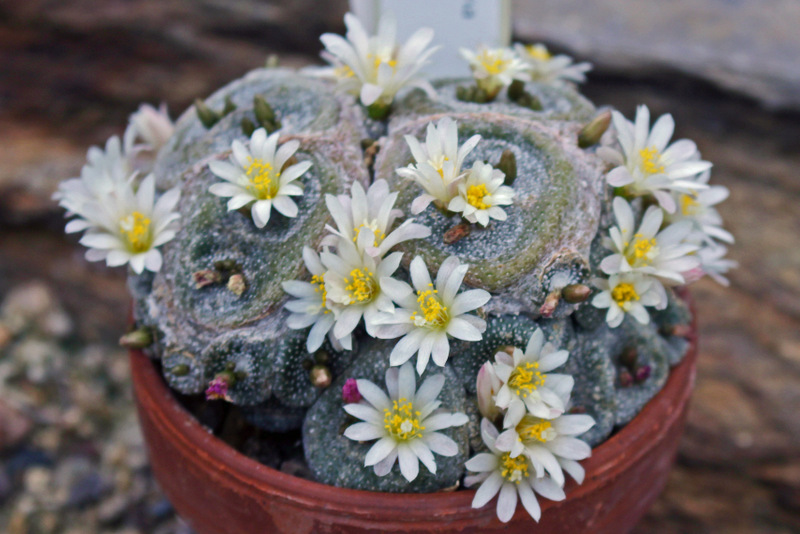
- It quickly acquires new babies, which makes it easy to breed;
- after 2-5 days, the field of bud development appears white flowers 0.7-0.9 cm;
- fertilizes itself;
- gives seeds;
- miniature;
- cute;
- looks great in the composition;
- loves high humidity;
- unpretentious.
- Grows very slowly;
- requires diffused lighting.
Hanging Instance Rating
dysocactus
votes 0
Or, in popular terms, just a rat's tail. But, despite the unsightly nickname, it will become a real decoration of the home, which will be emphasized by an unusual hanging planter. And after a while, the liana-like lashes are covered with graceful scarlet buds, which will delight guests and residents of the apartment for a long time. The stems are able to grow up to 2.5 meters filling all the free space. So you can create a unique green decoration. Unusual branches will certainly be appreciated by gardeners who want to give the room the entourage of a fantastic planet.
For 2025, aporocactus is also referred to the same species - since it does not have a hard stem.
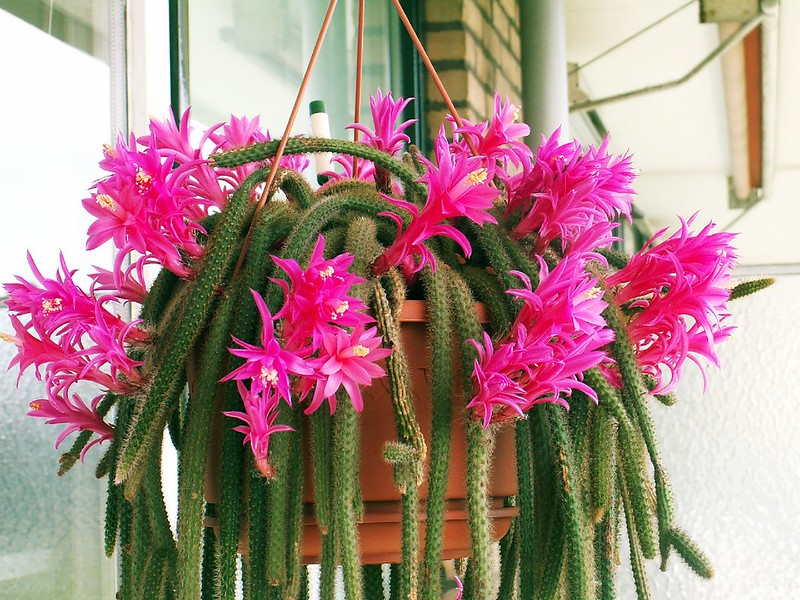
- The ideal solution for both home and office space;
- gift option;
- beautiful external data;
- can please flowering for a long time;
- does not require careful maintenance.
- Not identified.
Christmas
votes 0
Or the Schlumberg zygocactus, better known as the Decembrist, is one of the favorite plants of experienced collectors and flower growers. An absolutely harmless version with soft stems and stunning round-shaped buds will please with its rich tint range, dominated by:
- pink;
- red;
- white;
- orange;
- to soft purple.
All colors can be ordered online. But although the flower is called a cactus, there are no needles on it.They are replaced by small areoles with barely noticeable hairs located along the edge of the leaf plate.
- perennial;
- blooms in winter;
- prefers diffused lighting;
- beautiful external characteristics;
- completely harmless;
- it is ideal for composition.
- To achieve flowering, certain conditions must be met;
- vulnerable root system.
Rhipsalis
votes 0
Perhaps the most gentle among the mentioned brothers. It is a ball of elongated and twisted green shoots, which eventually become covered with buds along the entire segment. The stems themselves are devoid of any processes, they are rather thin and branched. In connection with this feature, it is also known as the willow cactus. This unusually shaped flower will give the interior a special charm and gloss. Buds can be of different shades:
- white;
- pink;
- yellow.
This view will look great on a balcony or loggia.
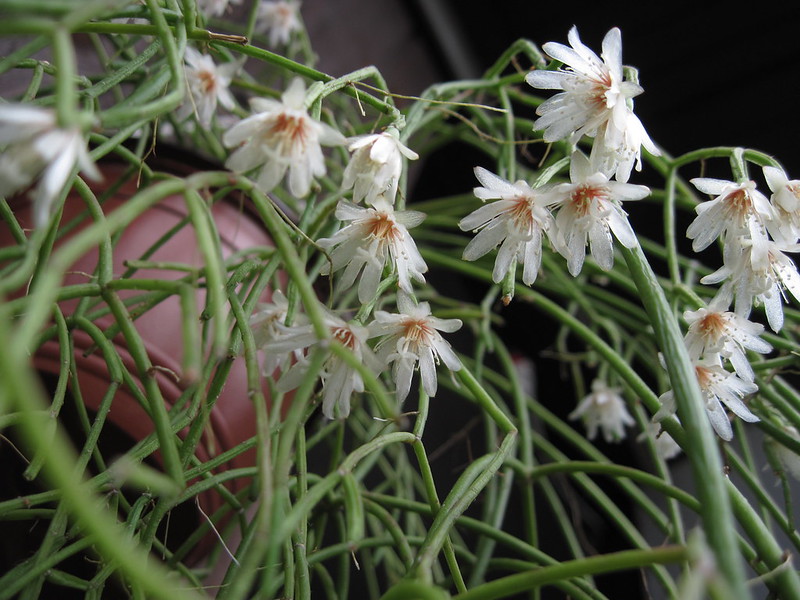
- Able to delight with flowering for a long period;
- great idea for a festive gift;
- unpretentious;
- looks beautiful in a modern interior;
- well survives the cold;
- easy to propagate;
- has barely noticeable soft needles.
- Dislikes direct sunlight.
Rispalidopsis
votes 0
He is hatiora or Easter cactus. Outwardly, it resembles a Decembrist, but differs from it in the flowering period (early-mid-spring), as well as in more rounded stems. It has fleshy, hard, leafy segments. Where joints are formed, aerial roots often appear, which are capable of sprouting in the ground. Flowers have narrow sharp petals, the following subspecies are relevant for 2025:
- Bushy pink rispalidopsis has a delicate shade and reaches a diameter of 5 cm.
- Creeping or branching variety of Gartner. It grows up to 15 - 20 cm and from April to May pleases with bright scarlet buds.
The flower will be an excellent decoration for a corridor, a large hall or a basement.
- There are small berries;
- forms seeds;
- easy to propagate by cuttings;
- prefers moderate lighting,
- buds look like stars.
- The plant requires abundant watering;
- will burn out if they are not periodically turned the other way.
Epiphyllum acutifolia
votes 0
He is ranked among the forest brothers. The culture has graceful vines that almost touch the ground, making a stunning sight. More often these are large white flowers, less often you can find buds of crimson or pinkish hue. At the time of activity of the succulent, it is absolutely not worth moving it from place to place. The most popular varieties of epiphyllum by 2025 are:
- Montrose - found in private collections because of its long, unusually curved stems. Which makes him look like a mythical creature.
- Hooker - has large needle-shaped white heads.
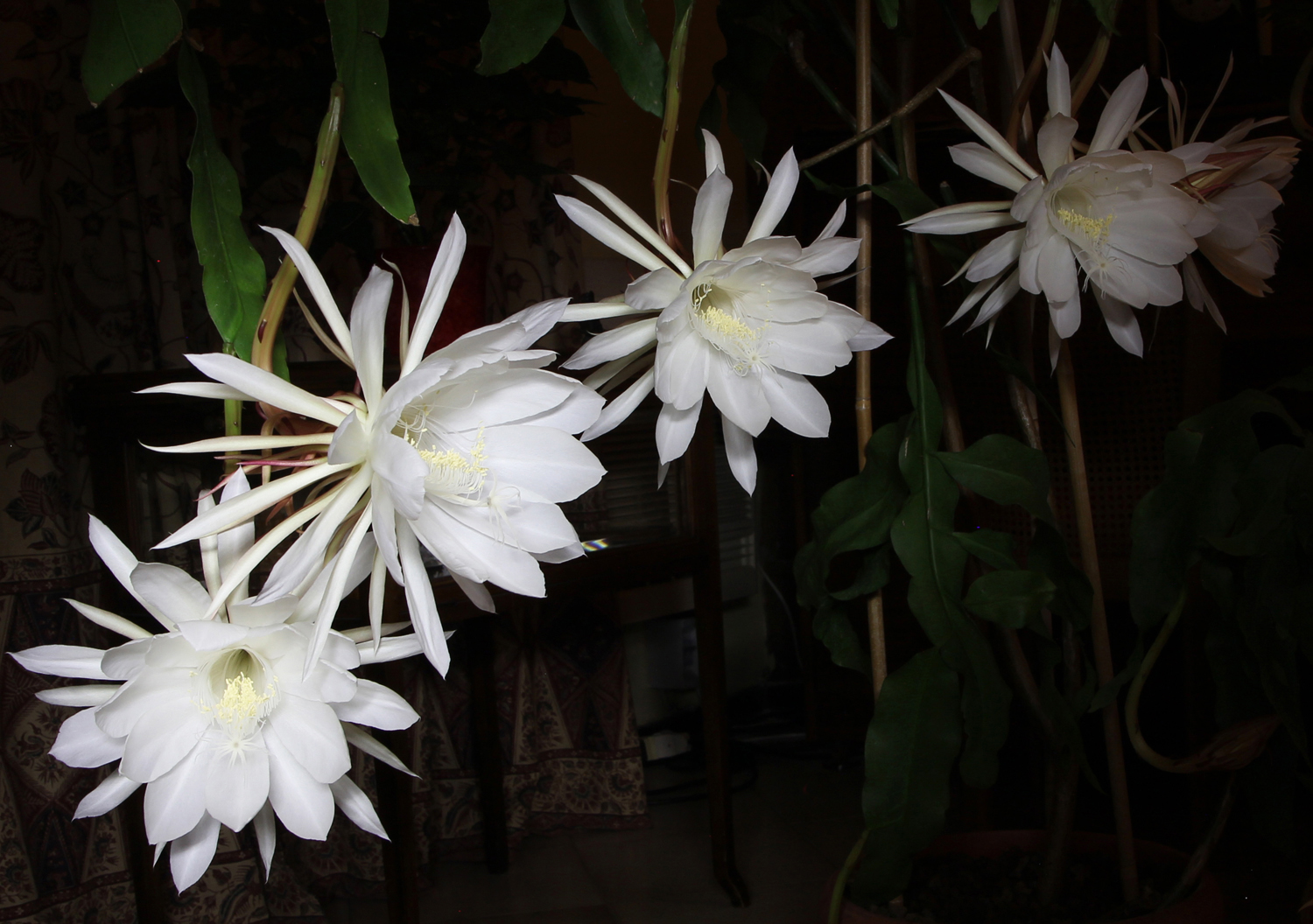
- Unusual external data;
- undemanding;
- he is immune to infections.
- When rearranged during activity, it can get rid of the bud.
- flowers bloom only at night.
Conclusion
Until recently, people sincerely believed that window cacti were designed to absorb radiation from computer monitors, and nothing more. But although prejudice has long been dispelled, man's sympathy for these thorns has remained.Representatives of succulents not only absorb dust and clean the atmosphere of rooms, they are quite capable of relieving you of stress and giving you a sense of aesthetic pleasure. However, as has been said more than once in the article, it is very difficult to make a culture blossom and requires effort, but it's worth it. Therefore, often unusual and lush buds are an occasion to gather with friends or relatives. The prickly handsome man is actively used as an exquisite decor and perfectly complements the style of the room. The above review contains only the most interesting representatives of the species, but which one you like and where to buy it, of course, is up to you.
new entries
Categories
Useful
Popular Articles
-

Top ranking of the best and cheapest scooters up to 50cc in 2025
Views: 131650 -

Rating of the best soundproofing materials for an apartment in 2025
Views: 127689 -

Rating of cheap analogues of expensive medicines for flu and colds for 2025
Views: 124518 -

The best men's sneakers in 2025
Views: 124032 -

The Best Complex Vitamins in 2025
Views: 121938 -

Top ranking of the best smartwatches 2025 - price-quality ratio
Views: 114979 -

The best paint for gray hair - top rating 2025
Views: 113394 -

Ranking of the best wood paints for interior work in 2025
Views: 110318 -

Rating of the best spinning reels in 2025
Views: 105328 -

Ranking of the best sex dolls for men for 2025
Views: 104365 -

Ranking of the best action cameras from China in 2025
Views: 102215 -

The most effective calcium preparations for adults and children in 2025
Views: 102011
